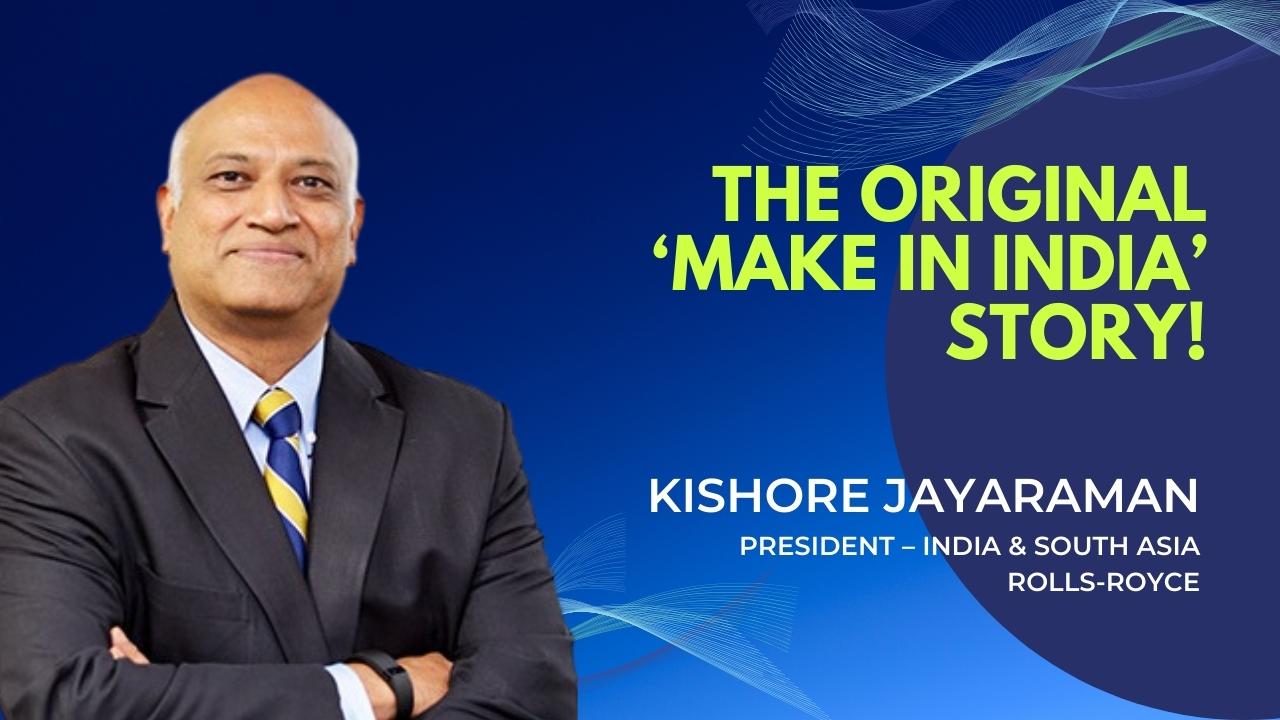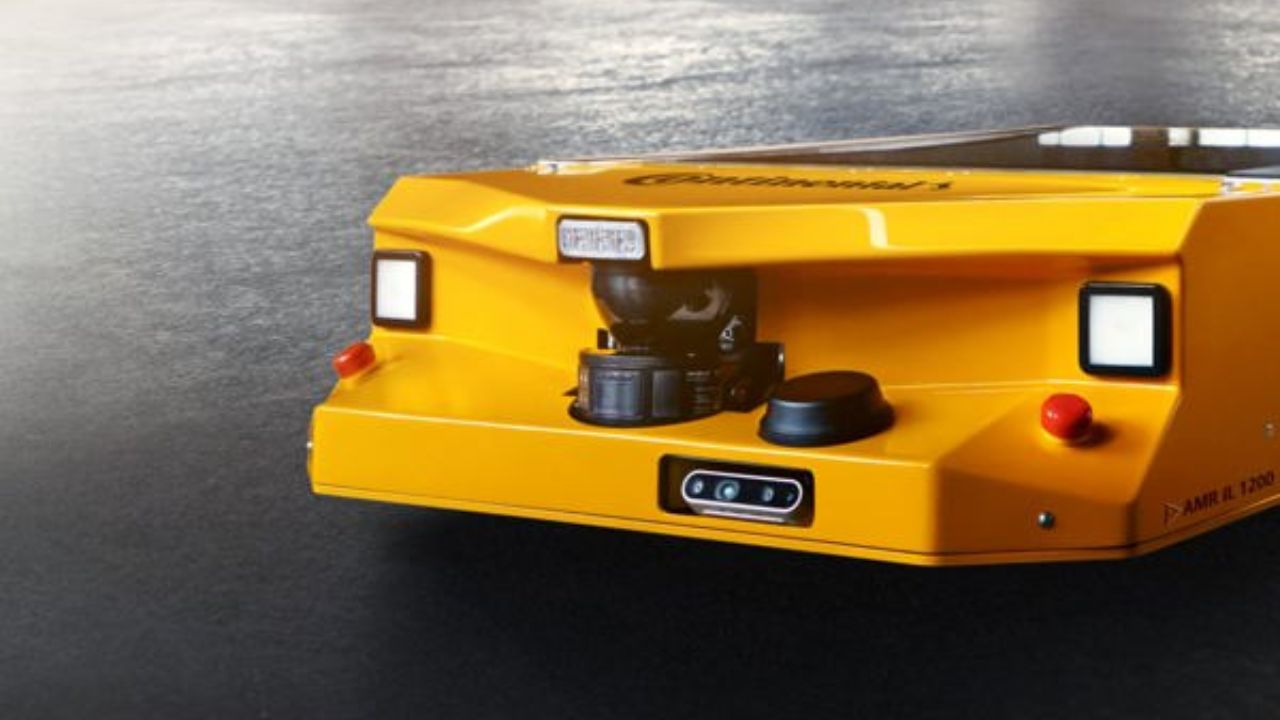Unlocking the Future of Manufacturing: The Power of Contextualized Data
#ITOTConvergence #ProMFGTechSummit #manufacturing #ITOTintegration #AdvancedManufacturing #Cybersecurity #IndustrialAutomation #DataDrivenDecisions #AIforIndustry #Cognite"The future of manufacturing lies in the seamless convergence of IT and OT systems, where contextualized data transforms decision-making and empowers operations with precision and speed." - Guru Ananthanarayanan, Managing Director at Cognite – AI for Industry.
January 2025 : In an era defined by data and digital innovation, the manufacturing industry stands at the threshold of transformative change. Speaking at a Pro MFG Tech Summit, Mr. Guru Ananthanarayanan, Managing Director at Cognite – AI for Industry, a leading voice in industrial intelligence, explored how manufacturing leaders can turn data challenges into opportunities. Drawing a powerful parallel between Gutenberg’s 15th-century printing press and today’s advancements in artificial intelligence, he highlighted how contextualized data could revolutionize operations.
"The future of manufacturing lies in the seamless convergence of IT and OT systems, where contextualized data transforms decision-making and empowers operations with precision and speed," he observed.
The Evolution of Information Access
Reflecting on the impact of the printing press, Mr. Guru Ananthanarayanan drew attention to its role in democratizing knowledge. Similarly, today’s advancements in AI and computational power offer manufacturers the ability to extract meaningful insights from vast data reserves.
However, despite the availability of modern tools like ERP systems, historian platforms, and engineering systems, manufacturing companies often face significant hurdles. Data silos and inconsistent naming conventions impede seamless access to valuable information. "The reality on the ground is that accessing this data is neither fast nor seamless," he noted, emphasizing the urgent need for solutions that bridge these gaps.
Breaking Down Data Silos
One of the central challenges in manufacturing is the fragmentation of data across systems—time-series data, engineering drawings, and operational data often exist in isolation. Addressing this issue requires robust strategies for integrating and contextualizing data to unlock actionable intelligence.
The concept of creating a "knowledge graph," much like the relational models used by LinkedIn or Netflix, was highlighted as a way to make meaningful connections between disparate datasets. This approach allows maintenance teams and decision-makers to access critical information about assets, such as environmental conditions, performance trends, and anomalies, all within a unified view.
Automation and Robotics in Maintenance
The discussion also delved into the role of robotics and automation in reshaping maintenance processes. Advanced robots and sensors are now capable of performing routine inspections, identifying anomalies, and providing real-time insights, 24/7.
For example, instead of manual rounds by technicians, robots equipped with cameras and sensors can efficiently monitor equipment and detect potential issues. Combined with handheld devices that offer immediate access to maintenance history and contextual data, this represents a significant leap forward in operational efficiency.
A Case for Digital Strategy
Mr. Guru Ananthanarayanan highlighted a real-world example where a manufacturing company reduced a six-week root cause analysis to just six hours by integrating data more effectively. This case underscores the tangible benefits of a well-thought-out digital strategy, which prioritizes solving business problems rather than merely adopting technology for its own sake.
"In a world where data is abundant but often fragmented, the key to success is unlocking actionable intelligence through integration, automation, and contextualization," he said.
Looking Ahead
The convergence of IT and OT systems, coupled with advances in robotics and AI, promises to reshape the manufacturing landscape. Yet, as Mr. Guru Ananthanarayanan cautioned, success begins with a clear understanding of the business problem at hand. By adopting technologies that solve specific challenges and unlock the potential of contextualized data, manufacturers can stay ahead in an increasingly competitive industry.
As manufacturing leaders continue their journey toward digital transformation, the focus must remain on creating ecosystems where data flows freely, decisions are informed by intelligence, and operations are driven by precision and speed.
NEWSLETTER
TRENDING ON PRO MFG
MORE FROM THE SECTION





.png)



